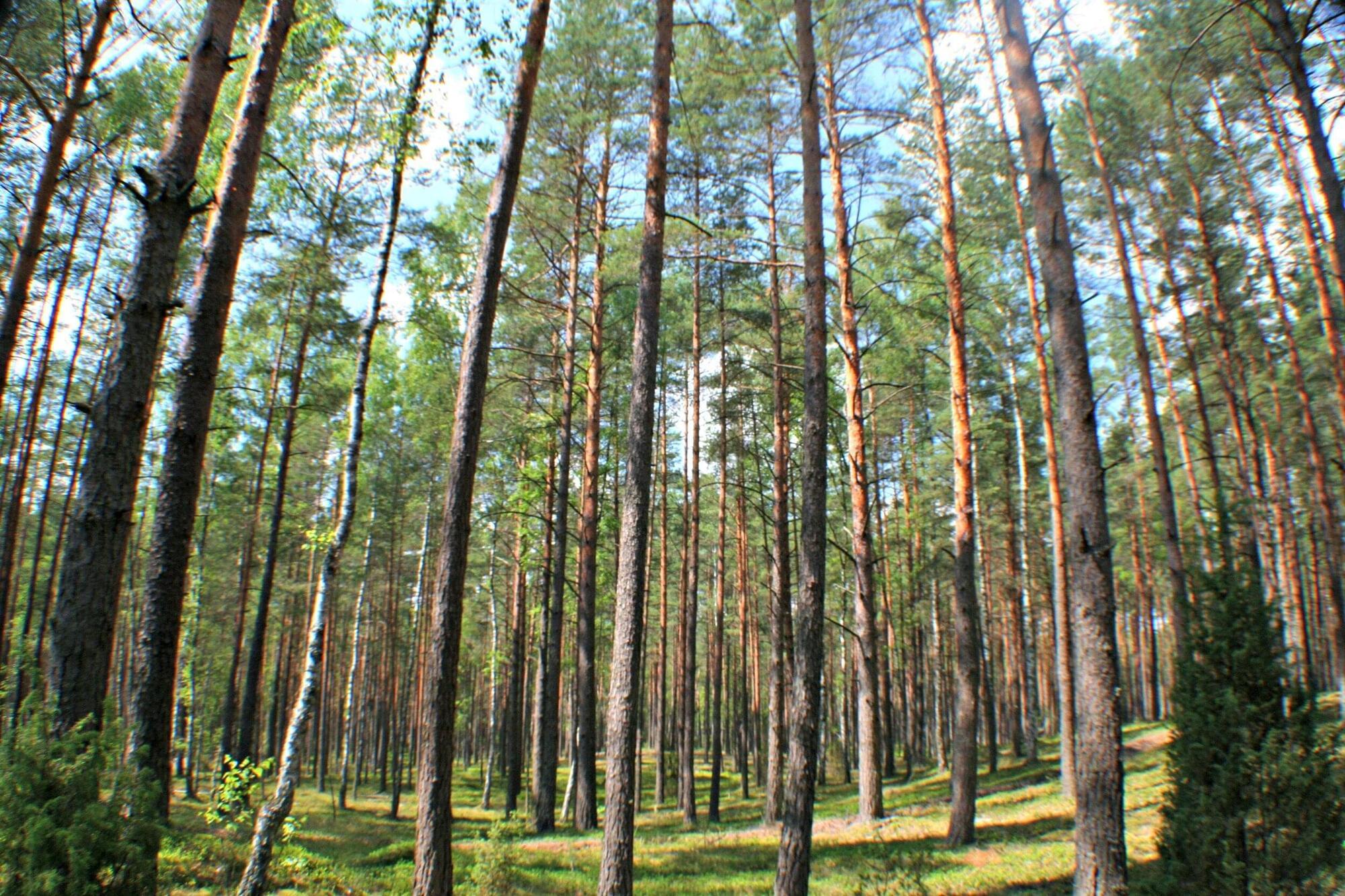Questions to inspire discussion.
📊 Q: How did GPT-5 perform compared to GPT-4? A: GPT-5 was narrowly ahead of GPT-4 in artificial analysis, but GPT-4 was significantly better in “humanity’s last exam” and RKGI2, which measures tasks relatively easy for humans but hard for AIs.
🌐 Q: What is the key architectural improvement in GPT-5? A: GPT-5 has a multimodal architecture that can self-select the underlying model for a task, providing a simple, clean interface without users needing to understand technical details.
AI industry growth and economic impact.
💰 Q: How much is being invested in the AI industry annually? A: The AI industry is experiencing astronomical growth, with hundreds of billions of dollars being deployed annually, and a projected trillion dollars in the next 5 years on data centers and AI infrastructure.
📈 Q: Are there already economic returns on AI investments? A: Economic returns on AI investments are already evident, with companies like Meta and Microsoft reporting significant revenue growth and productivity gains.








